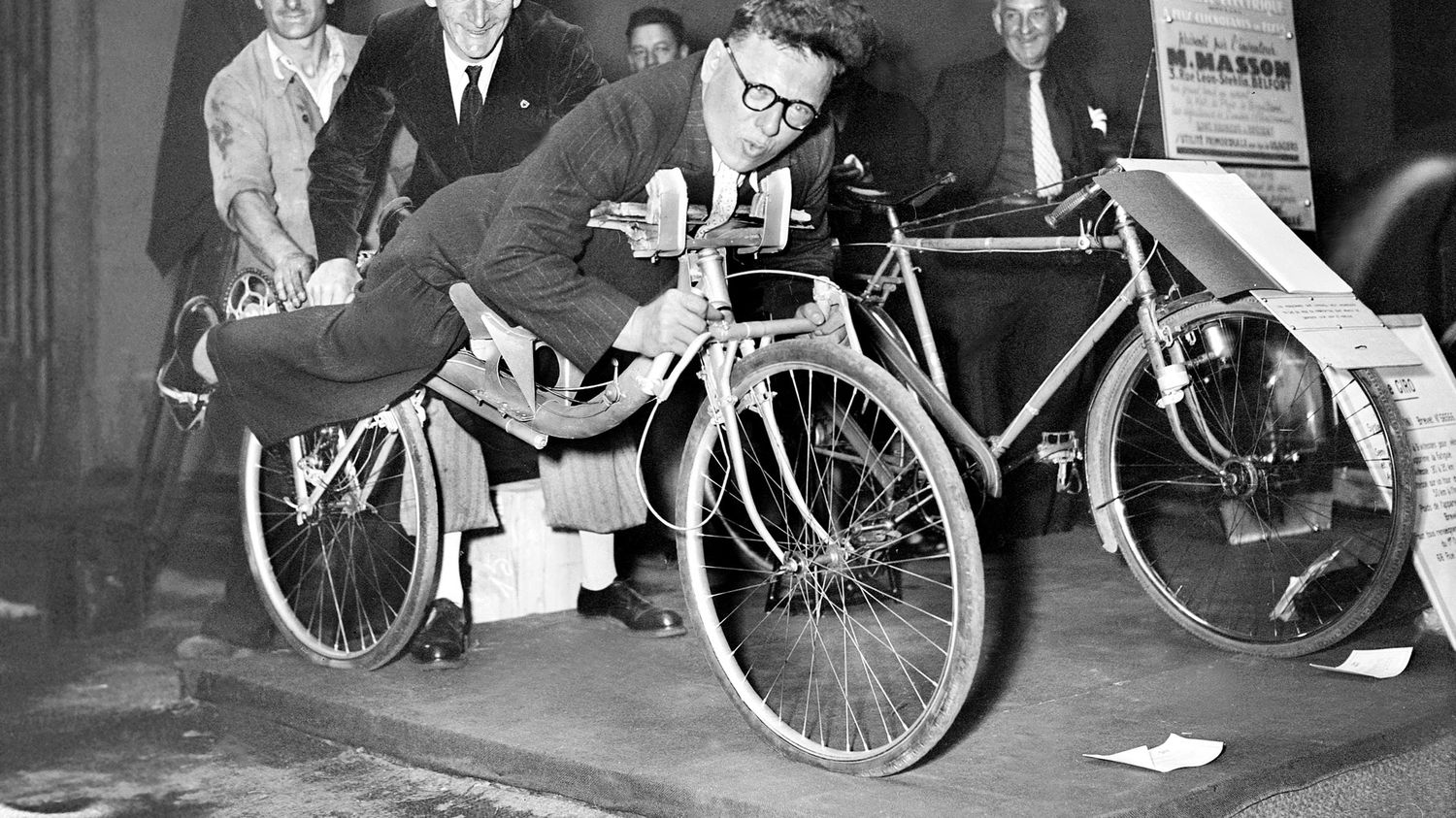The Lépine competition, which rewards the best French and foreign inventions, is being held until May 12 during the Paris Fair at the capital’s exhibition center, Paris Expo. A look back at this competition which has existed since the beginning of the 20th century.
Published
Reading time: 2 min

The Lépine competition which crowns the best French and foreign inventors each year has existed since 1901 exactly. We owe it to Louis Lépine, who was then police prefect of Paris. At the time, on the streets of the capital, there were more and more street vendors, particularly small manufacturers of toys and everyday objects. This creates fights between merchants.
To restore calm to the streets of Paris, Prefect Lépine had the idea of a competition, which he called “the Exhibition of Toys and Articles of Paris”. Participants can patent their innovations free of charge and make themselves known to the public.
Today, there is a fee to participate.
Today, to participate in the Lépine competition, you must first join the AIFF, the Association of French Inventors and Manufacturers, which organizes the competition. A membership that costs 98 euros per year. Then, the inventor must have protected his innovation by an intellectual property title, a patent for example. To do this, he must contact the INPI, the National Institute of Industrial Protection, which will carry out “a prior art search”, to verify that no one has had the same idea before.
Finally, the invention must exist at least in the form of a prototype or model, then the inventor must rent a stand at the Paris Exhibition Center, where the competition is held. The price of the pitch varies between 200 and more than 2,000 euros.
One in two inventions subsequently produced
During the competition, the inventions are evaluated by the 45 members of the jury. They are engineers, architects, doctors or other members of civil society. Each year on average, almost half of inventions win awards. And, according to competition director Barbara Dorey, nearly one invention in two is then manufactured industrially.
It is to the Lépine competition that we owe the ballpoint pen or the contact lens. Last year, Dreeft won first prize, with the first ever braking system for a manual wheelchair.
